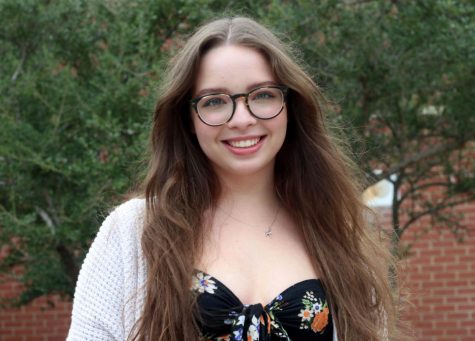Diversity at New York Fashion Week Spring/ Summer 2020
This season’s New York Fashion Week was expectantly cluttered with unorthodox venues and first looks at what we can expect to see on the streets in spring, but one factor that stood out was the immense diversity in all aspects. While there is always room for improvement, New York has definitely stood out as a trend setter for the diversity displayed as well as its deliberate efforts to prioritize inclusivity.
While tackling the issue of diversity is a difficult task, there has been consistent progress in each season. I think it’s important to celebrate the small victories in representation because these advancements are often overlooked in the pursuit of large-scale change. There has been a significantly wider range of representation in categories like racial diversity, body positivity and sustainability awareness.
I think that to be realistic, the fashion industry goes hand-in-hand with politics, and designer Prabal Gurung has done exactly that with his controversial runway show titled “Who Gets to be American?” Gurung made it a priority to be politically aware with every detail in his show from backing out of a venue because the owner held a fundraiser to raise money for Trump to showcasing American staples in his line like roses and denim. The show also featured women of all skin tones and ethnicities while ending with a finale of models walking out in pageant sashes that read “WHO GETS TO BE AMERICAN?” I really admire Gurung’s ability to be so openly opinionated because designers have a responsibility as people in a position of power to raise awareness and to be politically outspoken in a time where it really matters most.
While Christian Seriano is infamous for featuring big personalities and eye-catching designs, he is also well known for his diverse model line up. He featured men and women of various ages, racial backgrounds and more notably, body types. Despite the average size for women in America being a 16, variation in the size of models on the runway has previously been scarce, so the inclusion of women like Marquita Pring, Alessandra Garcia-Lorido, Chloé Véro and Candice Huffine has created a more inclusive atmosphere for future fashion weeks to follow.
Because I have mixed feelings about the extravagant nature displayed at events during fashion week, I love that, despite the desire to go viral on social media or be the most over-the-top show, designers have stepped out of the box and prioritized sustainability this season. A notable brand that is pushing for more eco-friendly collections is Collina Strada, led by designer Hillary Taymour. I admire her deep-rooted efforts to raise awareness by hosting the show at a farmers market where people could take home free produce, only using recycled fabrics for her clothes and leaving tip sheets on every chair that encouraged people to shop locally. She also showcased people of all ages including mothers and babies, young children and a naked model who only wore politically driven activism statements. This is one of my favorite displays of conscious behavior because it’s done so innocently yet purposefully.
Even though change is still necessary in every aspect, I deeply appreciate every effort made this New York Fashion Week to help normalize diversity and to spread the message that inclusivity is beautiful. One of the most important things we can do as consumers or creators is to be loud and politicized because change doesn’t occur if people are silent.

Senior Katlynn Fox is the Editor-In-Chief and this is her second year on staff. In her free time she enjoys listening to music, watching rom-coms and hanging...



